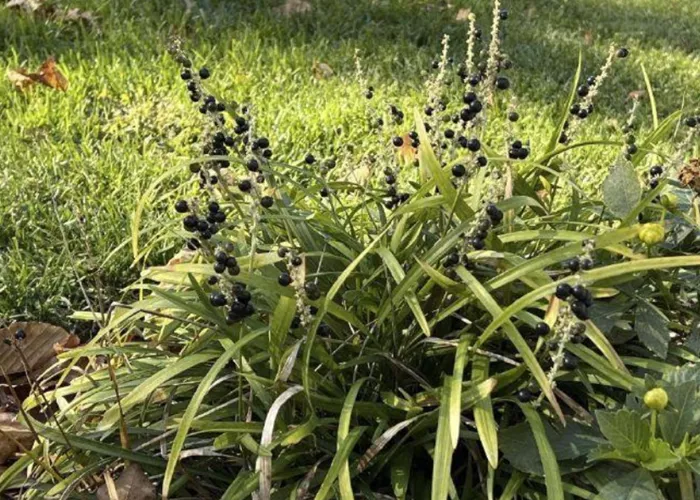A recent study has revealed that native plant species in Tongariro National Park are facing a significant decline due to the spread of invasive heather, with some areas seeing a reduction of up to 50% in native vegetation.
Dr. Julie Deslippe, a senior lecturer at Te Herenga Waka-Victoria University of Wellington and co-author of the study, explained that the expansion of heather is severely impacting native plant communities in the park. “In areas with dense heather coverage, native ferns, sedges, and rushes have disappeared entirely,” she said.
The study, which surveyed 15 sites across the park, found that areas heavily infested with heather had 11 fewer native plant species compared to areas with low heather coverage.
Originally planted in the early 1900s to create habitat for grouse, heather is now considered a pest plant. It is illegal to sell or distribute it in New Zealand.
The research also noted significant changes in the growth of red tussock, a native grass that is a dominant species in the park. Dr. Deslippe highlighted a decline in the size of the red tussock, suggesting that the plant might be focusing on maintaining height rather than spreading, likely in response to competition from the heather.
Heather is now common in about a third of Tongariro National Park, with its distinctive pink flowers visible from the Desert Road.
Co-author Darby Moyle, a Master of Science student at Te Herenga Waka, noted that the spread of heather is also affecting the park’s soil ecosystem. The roots of red tussock rely on a specific beneficial fungus for survival, forming a symbiotic relationship. However, the study found that areas with high heather concentrations had lower levels of this crucial fungus. Moyle explained that this reduction could be contributing to the decline of red tussock, as the plant is highly dependent on the fungus for its growth.
In contrast, heather also has its own symbiotic fungus, which thrives as the plant spreads.
Moyle warned that the continued spread of heather could transform the park’s alpine grasslands into low-diversity shrublands, leading to a loss of plant variety. This pattern has been observed in other parts of the world, where invasive plants, fueled by climate change, are invading mountainous areas.
The findings of the study were published in the journal *Oecologia*. The research was funded by a Marsden Grant from the Royal Society of New Zealand and is part of a broader investigation into how changes in alpine plant communities might impact the carbon cycle.
Related topics:
- Oak Spring Garden Foundation Brings Bunny Mellon’s Love for Plants to Life
- Morning Glory Plants That Tolerate Weed Killer Also Repel Chewing Insects
- Why Your Spring Plants Might Be Blooming in Fall – The Surprising Cause


